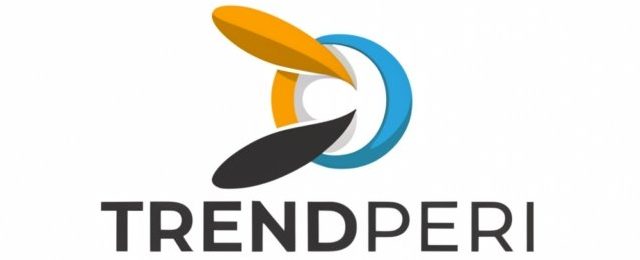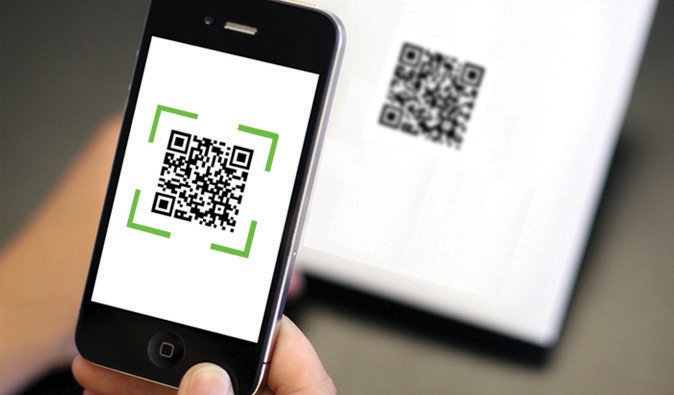Introduction
The agricultural industry is embracing technological advancements to enhance efficiency, sustainability, and transparency throughout the supply chain. Quick Response (QR) codes have emerged as a valuable tool in agriculture, revolutionizing traceability and quality control processes. By leveraging QR codes, farmers, distributors, and consumers can access detailed information about agricultural products, fostering trust, promoting sustainability, and ensuring the highest quality standards. In this article, we will explore how QR codes are transforming agriculture by improving traceability and quality control.
Enhanced Product Traceability
QR codes enable robust product traceability, allowing stakeholders to track the journey of agricultural products from farm to table. Each product can be assigned a unique QR code that contains vital information such as origin, cultivation practices, harvest dates, processing details, and transportation records.
Consumers can scan the QR code using their smartphones to access a wealth of information about the product’s journey, including certifications, quality assurance procedures, and any relevant sustainability practices. This transparency instills confidence in consumers, assuring them of the product’s authenticity, ethical production, and adherence to food safety standards.
Improved Quality Control
QR codes facilitate improved quality control in agriculture by enabling real-time monitoring and data collection. Throughout the supply chain, stakeholders can scan QR codes to record critical information at various stages, including harvesting, processing, and packaging.
For instance, farmers can use QR codes to log details about crop inputs, irrigation methods, and pest management strategies. Processors can record temperature and humidity conditions during handling and processing. Distributors can track storage conditions, transportation routes, and delivery dates. This comprehensive data collection ensures that quality parameters are consistently met, enabling proactive interventions and minimizing the risk of compromised product quality.
Rapid Recall Management
In the event of a product recall, QR codes play a pivotal role in swift and efficient recall management. By scanning the QR code, stakeholders can quickly identify affected products and trace them back to the source. This rapid identification enables prompt actions such as removal from shelves, informing consumers, and preventing further distribution of potentially unsafe products.
QR codes expedite the recall process, minimizing potential health risks, preserving consumer confidence, and reducing financial losses for agricultural businesses. With the ability to pinpoint affected batches precisely, recall efforts can be targeted and more effective, ensuring the safety and well-being of consumers.
Consumer Engagement and Education
QR codes provide a valuable platform for consumer engagement and education in the agricultural industry. By scanning a QR code, consumers can access a wealth of information about the product, its nutritional value, cooking instructions, and recipe suggestions. This interactive experience enhances consumer awareness, enabling them to make informed choices about the food they consume.
Furthermore, QR codes can be utilized to share the story behind the product, showcasing the farmers, their farming practices, and the positive impact on the environment and local communities. This transparency fosters a deeper connection between consumers and the agricultural industry, promoting sustainable practices and supporting local farmers.
Ensuring Supply Chain Integrity
QR codes are instrumental in ensuring supply chain integrity by reducing the risk of counterfeit products and unauthorized distribution. By scanning the QR code, stakeholders can verify the authenticity of agricultural products, ensuring that they are sourced from verified producers and conform to established standards.
QR codes can also incorporate blockchain technology, providing an immutable record of every transaction and movement within the supply chain. This transparency helps prevent fraud, ensures fair trade practices, and builds trust among stakeholders.
Conclusion
QR codes have revolutionized the agricultural industry by improving traceability and quality control. These codes enable product traceability, empowering consumers with information about the product’s journey and production practices. QR codes facilitate real-time monitoring, ensuring quality control at every stage of the supply chain.

